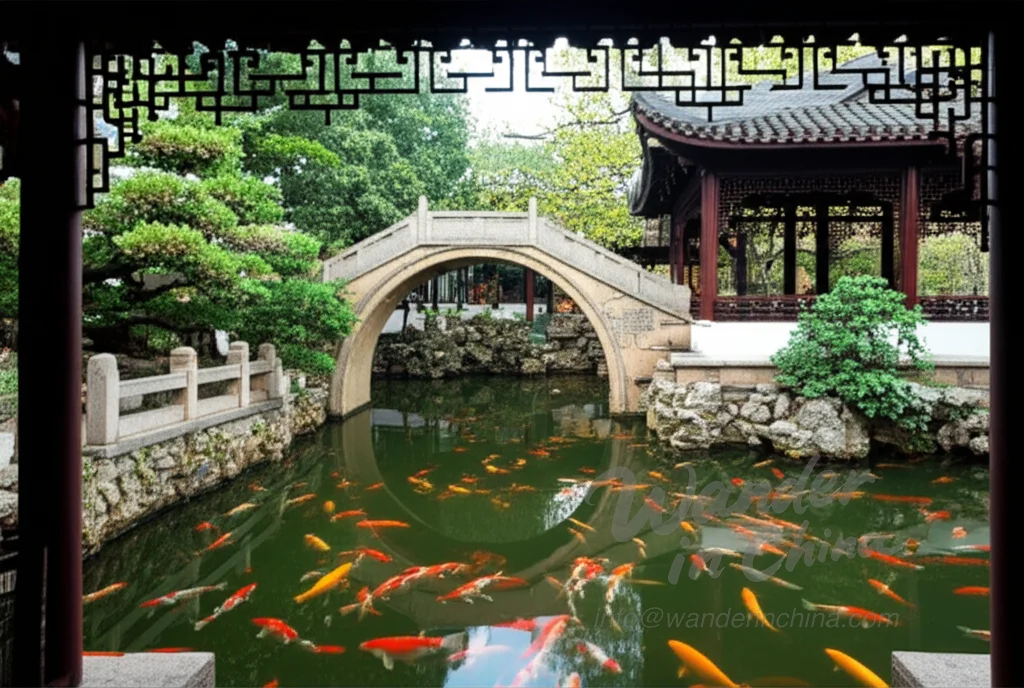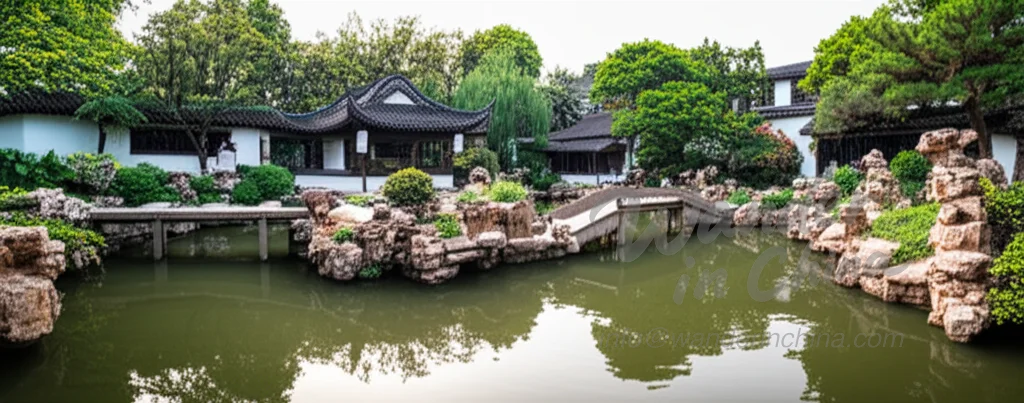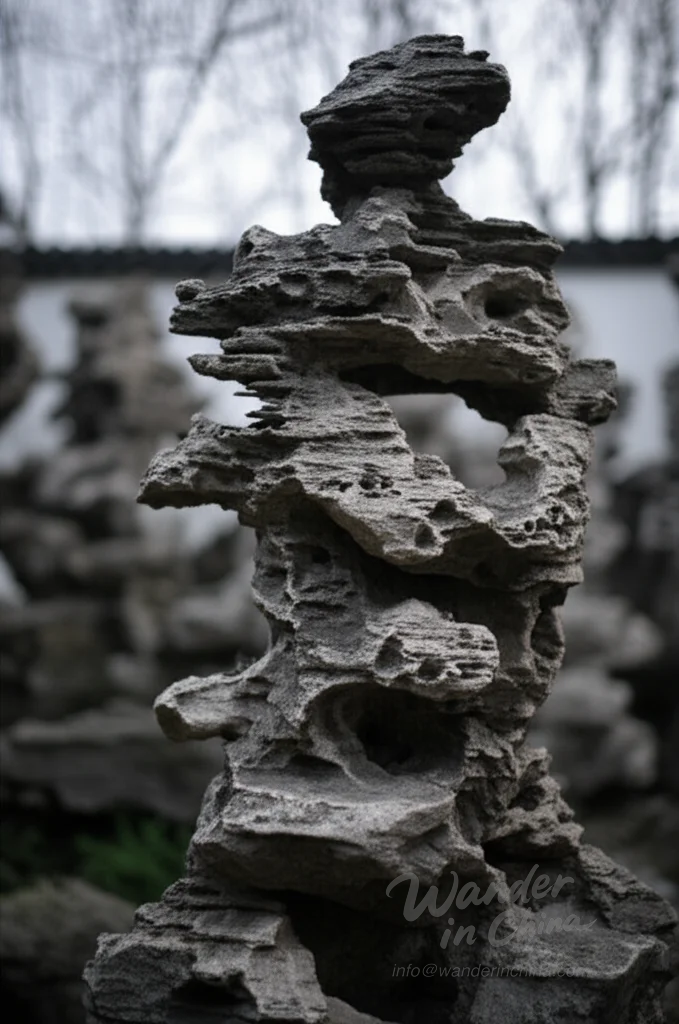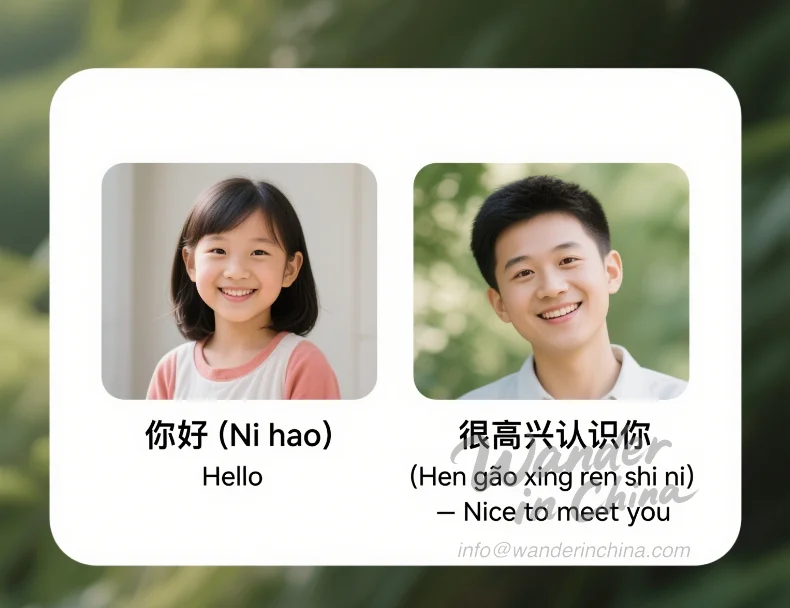Explore Suzhou's Classical Gardens: A UNESCO World Heritage Guide

The classical gardens of Suzhou represent the pinnacle of Chinese garden design, blending art, nature, and philosophy into breathtaking landscapes. These gardens, recognized as UNESCO World Heritage sites, offer a serene escape and a glimpse into China’s rich cultural heritage.
Introduction to Classical Gardens of Suzhou
Suzhou, often called the “Venice of the East,” is renowned for its exquisite classical gardens. These gardens, created between the 11th and 19th centuries, are not merely collections of plants and rocks; they are carefully crafted miniature landscapes designed to evoke specific emotions and philosophical ideas. A visit to these gardens is a journey through Chinese art, history, and culture. To fully appreciate the city, consider exploring our Suzhou Itineraries: Planning Your Perfect Trip.
UNESCO World Heritage status and significance
In 1997 and 2000, nine of Suzhou’s finest gardens were inscribed on the UNESCO World Heritage List. This recognition highlights their exceptional universal value as representations of Chinese landscape garden art. The UNESCO designation ensures the preservation of these cultural treasures for future generations. You can learn more about the UNESCO listing on the official UNESCO World Heritage Centre website(https://whc.unesco.org/).
Principles of garden design and symbolism
Classical Chinese gardens are based on principles of harmony, balance, and the imitation of nature. Key elements include:
- Water: Representing fluidity and life.
- Rocks: Symbolizing mountains and strength.
- Plants: Each plant carries symbolic meaning, such as bamboo for resilience and plum blossoms for perseverance.
- Architecture: Pavilions, bridges, and corridors are carefully placed to frame views and create a sense of depth.

The Humble Administrator’s Garden (Zhuozheng Yuan)
The Humble Administrator’s Garden, or Zhuozheng Yuan, is the largest and perhaps the most famous of Suzhou’s gardens.
History, layout, and highlights
Originally built in the 16th century during the Ming Dynasty, the garden was conceived by Wang Xianchen, a retired government official. The garden’s design reflects his desire to lead a simple, reclusive life. The garden is divided into three sections, each with its own distinct character:
- Eastern Garden: Features open lawns, ponds, and islands.
- Central Garden: The heart of the garden, with elegant buildings, rockeries, and water features.
- Western Garden: A more intimate and naturalistic landscape.
Highlights include the Fragrant Isle, the Mandarin Duck Hall, and the Thirty-Six Mandarin Duck Hall. For a complete overview, see our main guide to Suzhou: The Venice of the East – Ultimate Travel Guide.
The Lingering Garden (Liu Yuan)
The Lingering Garden, or Liu Yuan, is renowned for its exquisite architecture and diverse landscape.
Unique features and architectural elements
This garden showcases a perfect balance between natural scenery and man-made structures. Notable features include:
- Cloud-Capped Peak: A towering Taihu rock formation.
- Hall of Five Peaks: Famous for its collection of Ming Dynasty furniture.
- Covered corridors: Connecting different sections of the garden and offering picturesque views.

The Lion Grove Garden (Shizi Lin)
The Lion Grove Garden, or Shizi Lin, is famed for its elaborate rock formations that resemble lions.
Famous for its rock formations
This garden, created in the Yuan Dynasty, is a playful and imaginative landscape. The rockeries are the main attraction, with winding pathways and hidden grottoes that invite exploration. Legend has it that the garden’s creators were inspired by a group of Zen monks who meditated on lions.
The Garden of the Master of the Nets (Wangshi Yuan)
The Garden of the Master of the Nets, or Wangshi Yuan, is the smallest of the Suzhou gardens but is considered one of the most perfect examples of classical Chinese garden design.
Intimate scale and nighttime performances
Despite its small size, the Wangshi Yuan is packed with detail and charm. The garden’s name reflects the owner’s desire to retreat from the world and live a simple life like a fisherman. In the evenings, the garden hosts traditional Chinese music and opera performances, creating a magical atmosphere.
Tips for Visiting the Gardens
To make the most of your visit to the classical gardens of Suzhou, consider these tips:
Best time to visit, tickets, and guided tours
- Best time to visit: Spring (April-May) and autumn (September-October) offer pleasant weather.
- Tickets: Purchase tickets in advance, especially during peak season. You can often find tickets online through official vendors or travel platforms.
- Guided tours: Consider taking a guided tour to learn more about the history, symbolism, and design of the gardens.
Visiting the gardens requires some navigation. Review our Suzhou Transportation Guide: Getting Around the Venice of the East for travel tips.





